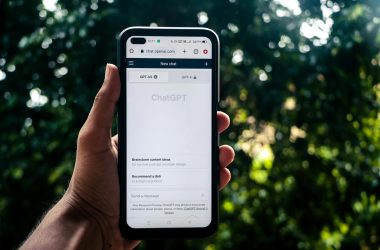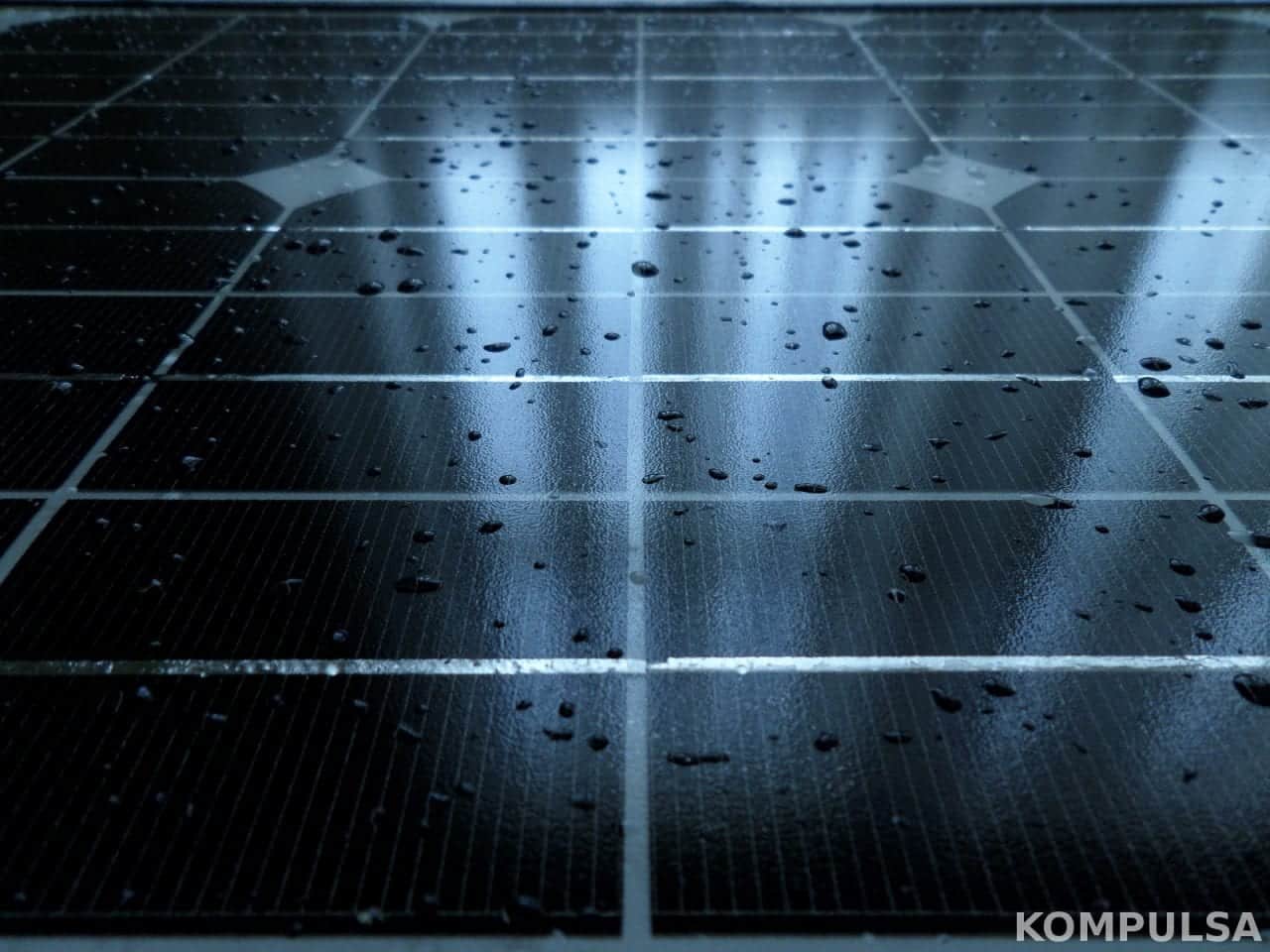We’re living in a time in which many companies are looking to the Internet of Things (IoT) to not only remedy problems — but cut costs and make room for other improvements. One area in which this is occurring is energy conservation. IoT’s key value propositions of equipment data collection and automation can and are being used to conserve energy.
For example: Smart Building HVAC controls. ‘Smart’ HVAC systems may be automatically shut off if no occupants are sensed in a room for an extended time period, or it might just shut off the A/C to all the rooms in your facility after a certain hour. However, that’s boring.
The theoretical possibilities of these systems is what’s interesting. In this article, we’ll discuss how IoT technology can help to reduce the power consumption of your air conditioning, heating, and other equipment — with a focus on creative people who want to try something new!
Essential Criteria For The Internet of Things
The Internet of Things refers to Internet-connected devices. Cloud-based technology (or even intranet-based technology) provides opportunities to control appliances remotely or even learn from their usage patterns and optimize their settings based on that. On the other hand, the poor security offered by many IoT devices has actually made the act of buying IoT appliances downright irresponsible or unsafe (if you’re unfortunate enough to be duped into buying the bad ones).
Security Of The Internet of Things (IoT)
Secure IoT is crucial to actually reaping a benefit. An insecure IoT network can result in your computer systems, appliances, or other equipment being hacked. This can not only damage equipment in some cases, but it can sabotage one or more of your business’ operations and cost you a great deal of money. Or it can be used to steal sensitive info from your home (personal info), or break into it (smart locks).
Reliability Of The Internet of Things (IoT)
Imagine if a connected heart monitor could alert you to a patient’s deteriorating condition from 20 feet away. That is an excellent value proposition. To ensure that benefit isn’t canceled out, the monitor needs to be able to function normally if there is a network outage (i.e. Continue to provide readings on its own screen like an ordinary monitor would). If not, it would end up putting patients in danger — the opposite of what it is supposed to do.
This basic principle of designing things to continue working offline applies to nearly everything. That being said, there are many cases in which connected equipment (or IoT devices) malfunction during Internet outages if they are not considered crucial or life-sustaining.
For example: Connected thermostats have malfunctioned (in some cases due to lost connectivity or software updates), resulting in HVAC outages. If these outages occur in a tundra, temperate, or other cold climate during winter, that could be a major issue. If they occur in a megathermal climates during summer, it could also be a major issue. Some regions hit temperatures of 50 °C during summer!
Now that we’ve gotten these two ever-prevalent and important issues out of the way, let’s take a look at how you can utilize IoT to reduce energy usage.
Remote Control Of Appliances
The ability to remotely control your appliances from a mobile app is both convenient and you can save money with it in some cases. For example: You can use a mobile app to turn on your air conditioner shortly before you get home.
This isn’t as useless as it sounds, you can do this to avoid that little itch (no pun intended) to set it to an obscenely low thermostat temperature because you can’t wait for it to cool off. This results in unnecessarily high power consumption that will run up your electric bill.
Especially if you don’t turn the thermostat temperature back up once you have cooled off. If you remotely precool your room at a reasonable thermostat temperature (in the 20 °C range, please), you will come home to a cool, comfortable room and won’t have to wait for it. You can just jump in bed.
Reigning In Ludicrous Thermostat Settings In Your Office Building
Imagine struggling to pay your business’ multi-thousand dollar electric bill, and several of the rooms in your building have thermostat settings of 16 °C on the air conditioners. This isn’t by any means a necessary temperature. It is also far more costly to maintain (due to high electricity usage) than 22 °C.
A connected building HVAC system could enable you to set all thermostat temperatures throughout your office building to 22 °C, for example to save (a great deal) of electricity. You could do the same with heating systems during winter (maybe 25 °C). Occupants don’t need to roast themselves at your expense. This can also help those unfortunate employees who are uncomfortable at abnormally high or low thermostat temperatures.
Shutting Off Lights At A Certain Hour
IoT systems can be programmed to turn lights on and off in accordance with business operating hours. Or for home use, they could be used to turn on outside lights at a certain hour. The energy usage of lighting can be very high in some cases –especially if you have several light bulbs per room. Ensuring that lights are not on longer than they need to be can save a great deal of energy.
Doing Laundry After Dark
If you have a load in your washer and/or dryer, an IoT system could enable you to switch them on during off-peak hours if you’re working late or happen to be away from home in the evening. This is a great way to take advantage of time-of-use electricity pricing, thereby reducing your electric bill. If a laundromat is able to pull this off with some of their loads as well, then they could benefit as well.
In general, you could have an app that you program to start up any connected appliance during off-peak hours, provided that their usage can be shifted to those hours. For example: Dishwashing during off-peak hours, or heating your water during off-peak hours and then showering then instead of during the afternoon.
Taking Advantage Of Cheap Wind Power
In some regions, the price of wind power dips (and the amount of available wind power increases) when wind speeds at your local wind farm picks up. Being able to remotely switch on an appliance (only if it is needed, that is) during those periods. This is a purely theoretical idea. However, I think it has great potential if applied, and IoT technology is what it takes to achieve that.






